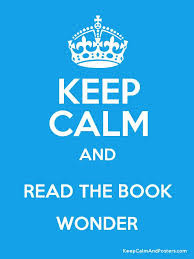PROJECT WORK (AP #1)
BULLYING: HOW FAR HAVE YOU GONE?
On this Padlet® you will find everything you need to prepare yourselves to talk about bullying during the classes.
It should not be read at once, but carefully.
(Não deve ser lido de uma vez só, mas cuidadosamente.)
The last post is about our project work. Read it carefully and ask your teacher for help if you need.
DEADLINE: October 10h
On this Padlet® you will find everything you need to prepare yourselves to talk about bullying during the classes.
It should not be read at once, but carefully.
(Não deve ser lido de uma vez só, mas cuidadosamente.)
The last post is about our project work. Read it carefully and ask your teacher for help if you need.
DEADLINE: October 10h












